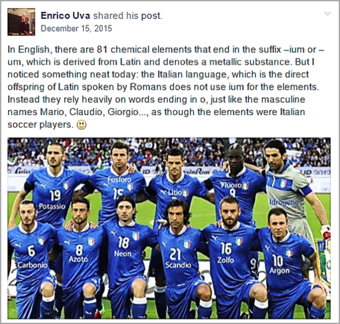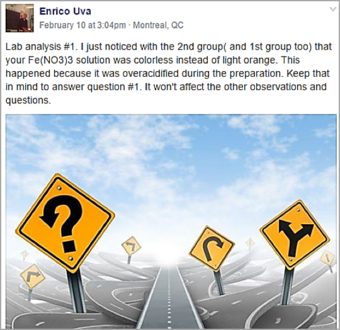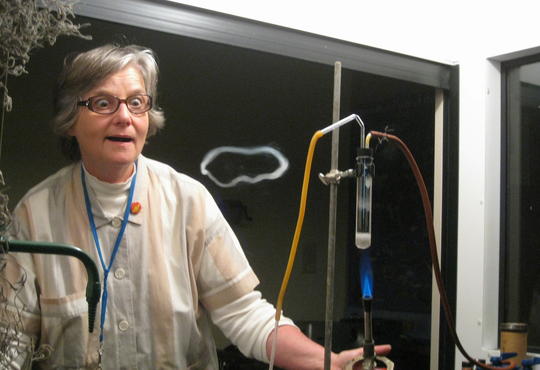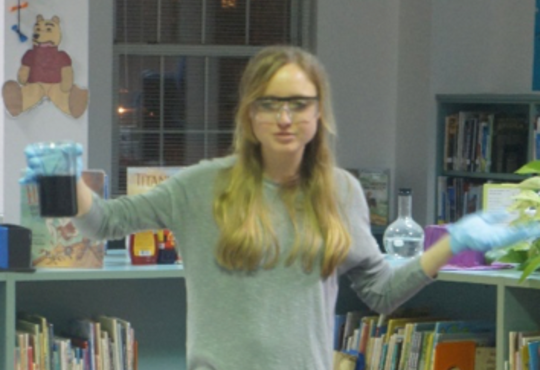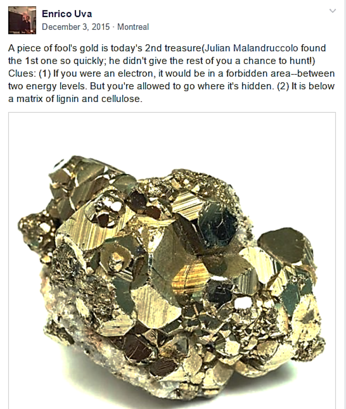 Facebook, let’s face it, was not designed as an educational medium. But after a few on and off attempts to use social media over the years, thanks to my students, I have recently been able to moderate a social media group that has helped stimulate interest in chemistry and other sciences.
Facebook, let’s face it, was not designed as an educational medium. But after a few on and off attempts to use social media over the years, thanks to my students, I have recently been able to moderate a social media group that has helped stimulate interest in chemistry and other sciences.
Aside from cutesy posts (below), we share good questions that students asked outside of class, as well as give hints and advice for labs. We have used the Facebook group to run a book contest featuring a non-virtual treasure hunt with online chemistry clues. It’s also been encouraging to see kids posting their own science-related content — this has been happening on a weekly basis in the last several months. Topics range from sublimation of ethanol in comets to the Higgs particle. When they delve into topics that I know little about, former students studying physics at the college level — still members of this group — have helped out.
I check the site daily, but every now and then, I do take mental breaks lasting a week. Compared to updating a website, monitoring a social media group is low-maintenance. Expectedly, some students ask questions about actual course-content, and the nice thing is that other students help out when I’m not online. They invite others to join, and the original group creator gave me administrative privileges allowing me to delete anything inappropriate. So far, there have been no incidents worth mentioning. One possible pitfall is that if the teacher uses it too enthusiastically during his non-teaching periods, kids — especially during a competitive treasure hunt! — will secretly take out their smartphones and get distracted from their other courses. Although we realize that no other course is as important as chemistry, the golden rule must prevail.
